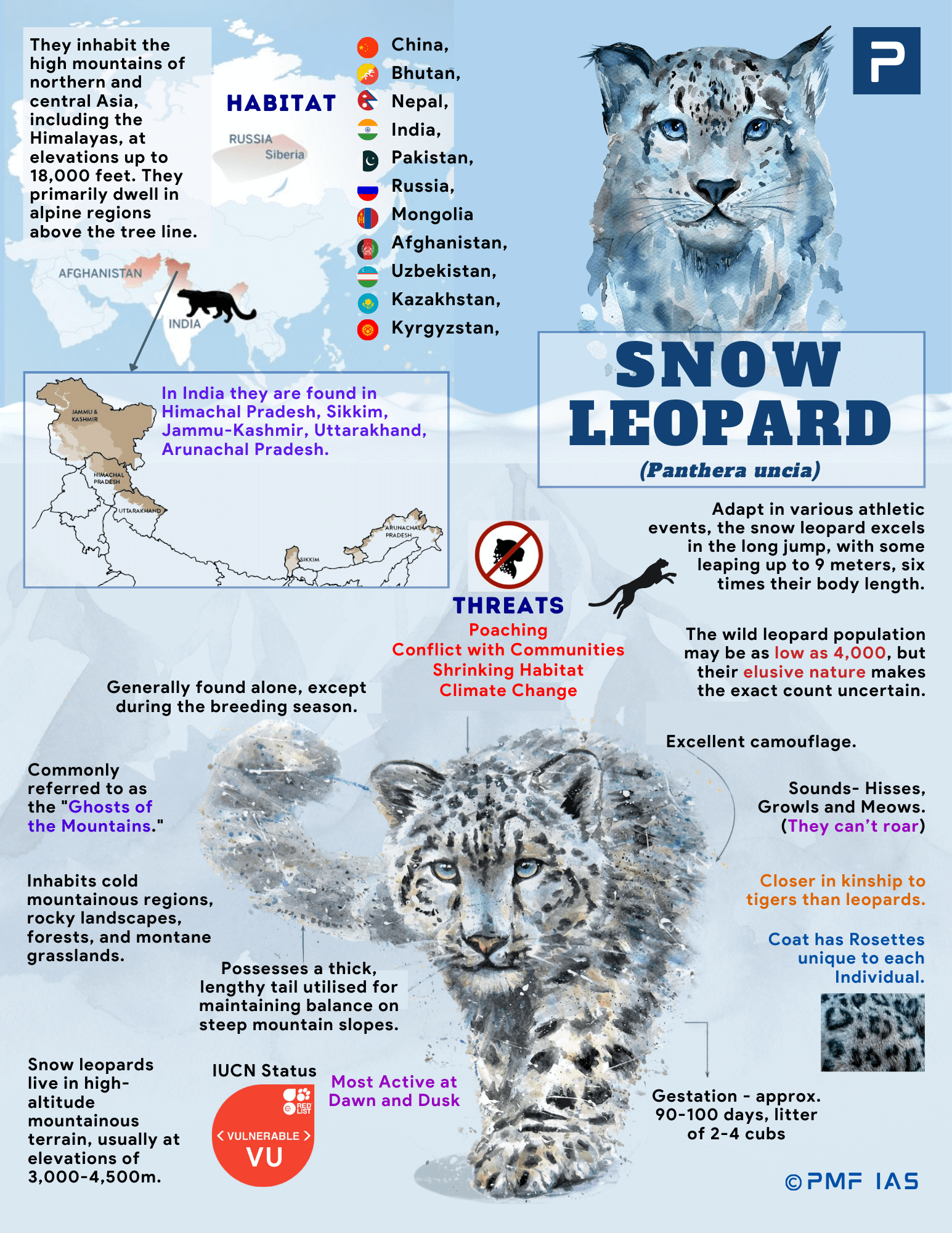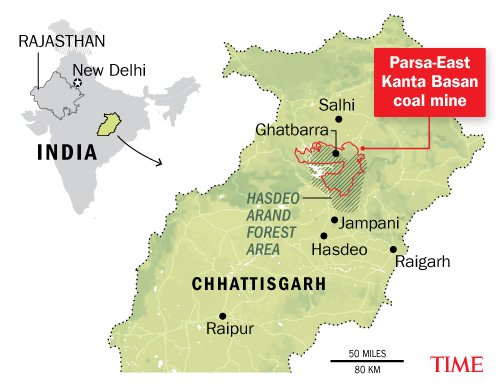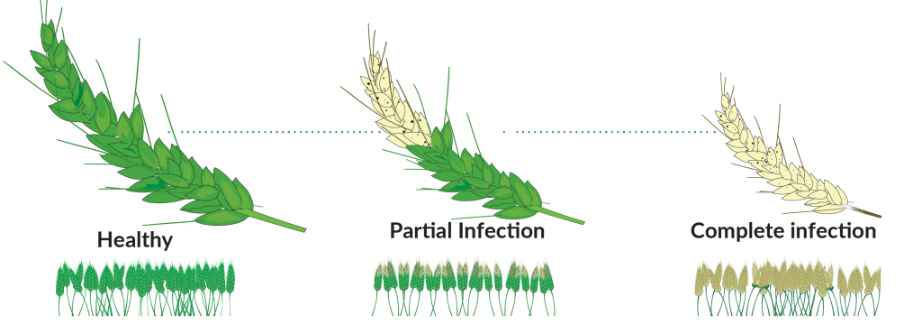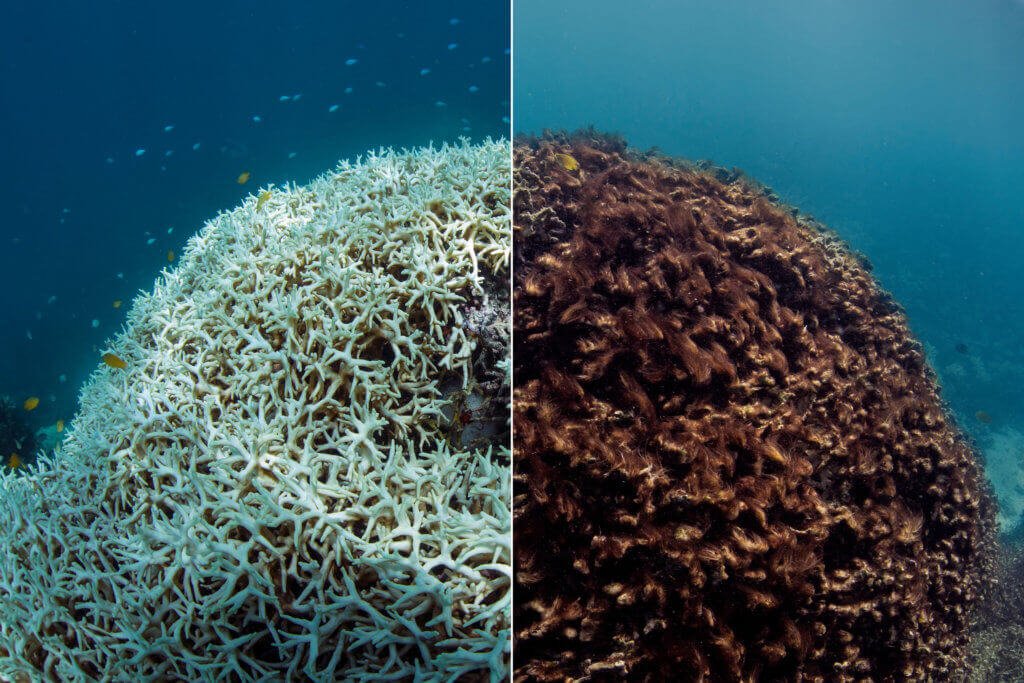
Polar Bears | Avian Influenza
Subscribers of "Current Affairs" course can Download Daily Current Affairs in PDF/DOC
Subscribe to Never Miss an Important Update! Assured Discounts on New Products!
Must Join PMF IAS Telegram Channel & PMF IAS History Telegram Channel
- Context (DTE): The first case of the death of a Polar bear due to Highly Pathogenic Avian Influenza (HPAI) has been reported from the Arctic region.
Polar Bears
- Polar bears are the largest carnivorous land mammals on Earth.
- They are the only bear species to be considered marine mammals as they spend most of their lives on the sea ice of the Arctic Ocean for their food and habitat.
Physical Characteristics
- The bear’s outer layer of fur is hollow and reflects light, giving the fur a white colour that helps the bear remain camouflaged.
- The skin under the polar bear’s fur is black; this is evident only on the nose.
- Polar bears also have a thick layer of fat below the surface of the skin, which acts as insulation on the body to trap heat.
Distribution
- Most polar bears occur north of the Arctic Circle to the North Pole. There are some populations south of the Arctic Circle in the Hudson Bay of Manitoba, Canada.
- Polar bears live in Alaska, Canada, Russia, Greenland, and some northern islands owned by Norway, such as Svalbard.
- They are not found in the Antarctica region.
Diet
- They primarily feed on ringed seals and bearded seals.
Ecological significance
- The polar bear is the apex predator within its range and is a keystone species for the Arctic.
- They keep the population of Seals in check, thus maintaining the food chain and ecosystem health.
Other features
- They are solitary animals except when mating when a female raising her cubs forms a family group, or when many bears are attracted to a food source like a beached whale.
- Considered talented swimmers, polar bears can sustain a pace of six miles per hour by paddling with their front paws.
Conservation Status

Avian Influenza (H5N1)
- Avian influenza, or bird flu, is a highly contagious viral infection that primarily affects birds.
- The H5N1 avian influenza virus was first detected in 1996 in China (‘H’ and ‘N’ stand for hemagglutinin & neuraminidase, the proteins on the virus’s surface that regulate entry and exit in host cells).
- These viruses (Type A) occur naturally among wild aquatic birds worldwide and can infect domestic poultry and other bird and animal species.
- Migrating waterfowl, most notably wild ducks, are the natural carriers of bird flu viruses.
- Strains of avian influenza viruses can generally be classified into two categories:
- Low pathogenicity avian influenza (LPAI) that typically causes little or no clinical signs;
- High pathogenicity avian influenza (HPAI) can cause severe clinical signs and possible high mortality rates.
- Transmission to humans: Most virus strains do not infect humans, but two contagious strains, H7N9 and H5N1, have caused serious medical complications in humans.
- The virus spreads to humans through close contact with live or dead infected birds.
- Human to human spread of avian influenza A viruses is rarely reported.
- Symptoms in people can range from mild upper respiratory tract infection (fever and cough) to severe pneumonia, acute respiratory distress syndrome (difficulty breathing), shock, and even death.
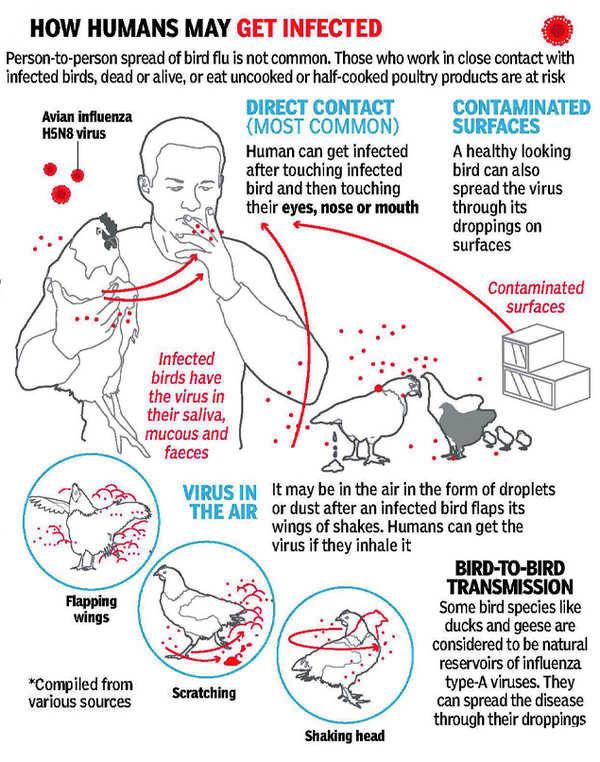








![PMF IAS Environment for UPSC 2022-23 [paperback] PMF IAS [Nov 30, 2021]…](https://pmfias.b-cdn.net/wp-content/uploads/2024/04/pmfiasenvironmentforupsc2022-23paperbackpmfiasnov302021.jpg)

